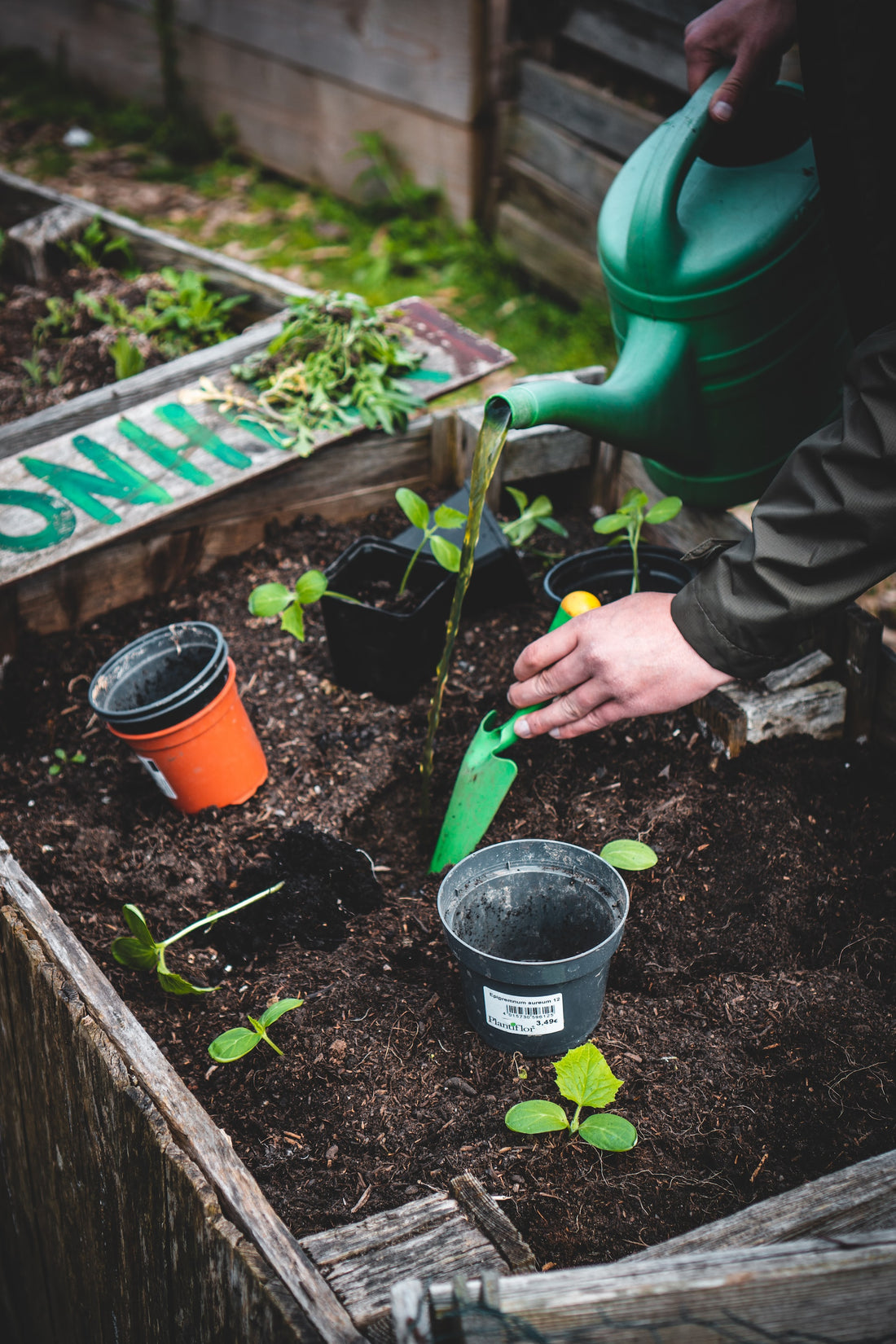You can do several things to get more out of your garden. One way is through companion planting. This is the practice of planting vegetables together that benefit from being close to each other. It also means keeping plants separate, which can harm each other's growth.
Another method of getting the most out of your garden is saving seeds yearly. This reduces the need to buy seeds yearly, saving you money. It also ensures you can keep planting the vegetable varieties that you like without worrying that they will be discontinued.
Companion Planting:
Plants can form mutually beneficial relationships, and it befits the gardener to choose good companions. They compete for resources, space, and nutrients like all living things. Some plants work together and fight off pests. Other plants are bullies and take over all the resources to the detriment of all plants around them. Certain plants attract the same pests and move from one to the other if planted together.
Plants can be grown together for shade, shelter, support, and soil improvement and to fend off pests, attract mutually beneficial insects, and protection. When done correctly, companion planting can reduce the use of insecticides, weed killers, and sprays because the plants work in harmony naturally to thrive.
Learn more about Companion Planting.
Seed Saving:
Seed saving is a great way to save money year to year in your garden. Buying seeds every year can add up quite a bit. With some basic know-how, you can keep the seeds from one year and plant them the following year. Many seeds are easy to save while some take a bit more effort.
Many seed varieties only exist today because families and towns, and gardening groups saved the seeds they liked and passed them on from generation to generation. Many seed varieties have been lost and cannot be recovered because they were not passed on.
Hybrid vegetable seeds cannot be saved so check your seed packets before embarking on your seed saving journey. They do not grow back true to form which means you will not get the same exact tomato as the one you saved the seed from.
The planning and planting of your garden should be done with seed-saving in mind if you intend to save them. Vegetable varieties must be planted 20-50 feet apart to deter cross-pollination. For example, if you are planting three different kinds of tomatoes, plant them 20 feet apart. This is also good for companion planting, as mentioned above.
Alternately, plant only one type of each vegetable. Cross-contaminated seeds will not be accurate to type, which means the tomato seed you saved will not grow the same type of tomato and will instead grow a cross between two or more. This isn't always bad, as this is how new varieties and strains are discovered, yet it isn't good if you are trying to preserve a specific type.
The easiest seeds to save are peppers, peas, beans, cucumbers, and tomatoes. These vegetables are full of seeds which is quite apparent when you cut into them. They are easy to remove and plentiful, making them excellent for beginning seed savers.
In addition to saving the seeds from your vegetables, another way to save money is to use seeds from 1, 2, or 3 years ago. Many gardeners throw out old seeds, assuming they won't be viable for another season. Sometimes, this is true. However, that is not always the case.
Seeds lose their vitality because of age and storage conditions. Certain types are also more likely to remain good for longer. Seeds are best stored in cool, dry locations, like the refrigerator. Store your seeds there in an airtight container, and they will likely be useable the following season. Adding a desiccant to the container will help. Dry rice works well for this, or one of the packets that come in food products can be re-used
.
There is an easy way to test the germination of your seeds. Dampen a few layers of paper towels. Place a few seeds on them. Slip it into a plastic bag without sealing it; the goal is to keep them damp but not suffocate them. Put the bag in a warm place and check it in a few days. If the seeds are growing, they’re good. If not, toss them and get new ones.



